Federal Legislative Palace of Venezuela // Palacio Federal Legislativo de Venezuela
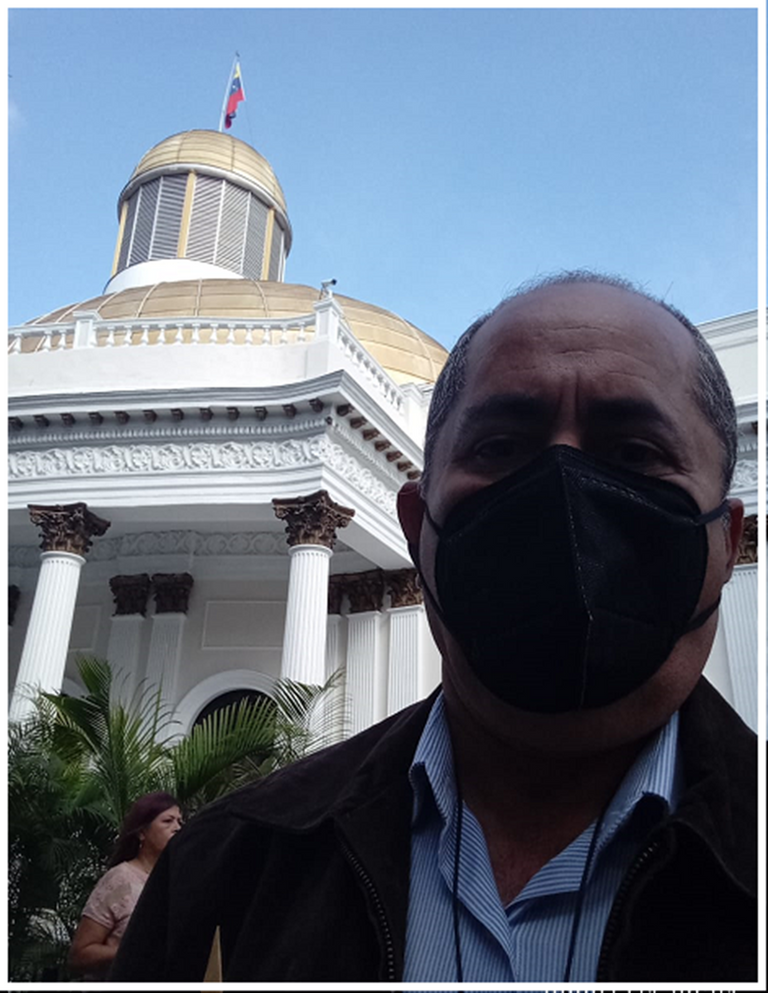
In a quick visit to the capital of Venezuela, the city of Caracas, with its majestic mountain from which the El Avila National Park takes its name, also called Avila Hill, although the aborigines of this region, of the Caribbean ethnic group called it Waraira Repano, which means "Sierra Grande" or the sea made land, allowed me once again to admire the extraordinary architectural work that represents the Federal Legislative Palace or also called the Legislative Capitol.
En una rápida visita a la capital de Venezuela, la ciudad de Caracas, con su majestuosa montaña de la cual toma su nombre el parque Nacional El Ávila, también llamado cerro Ávila, aunque los aborígenes de esta región, de la etnia caribe lo llamaron Waraira Repano, que significa "Sierra Grande" o la mar hecha tierra, me permitió una vez mas admirar la extraordinaria obra arquitectónica que representa El Palacio Federal Legislativo o también llamado Capitolio Legislativo.

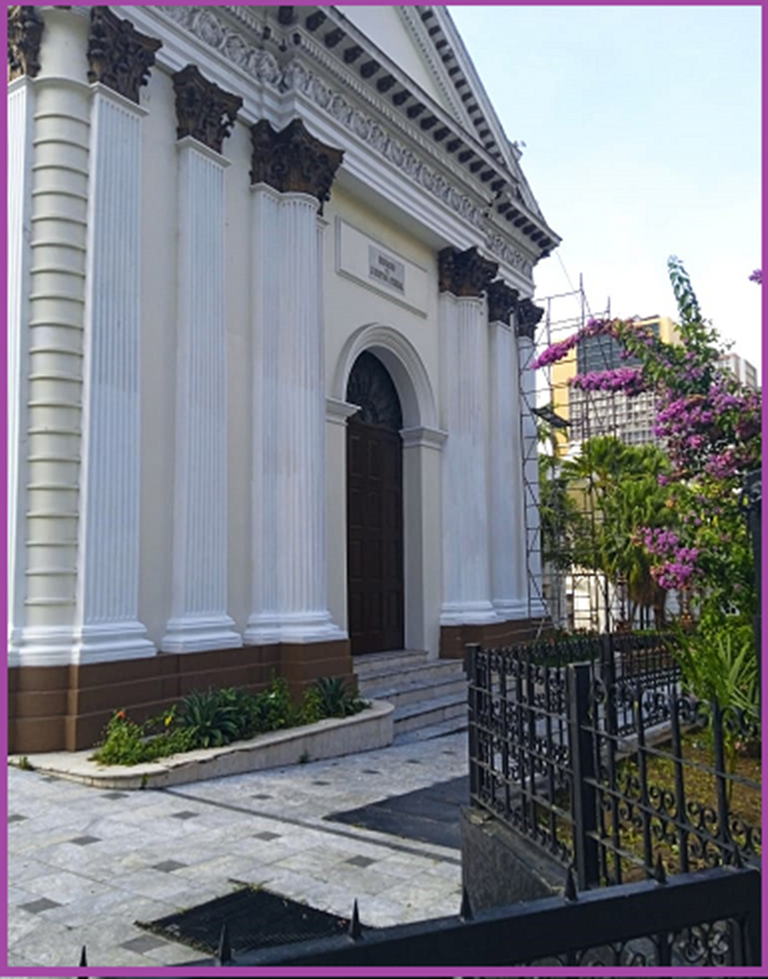
Palacio Federal Legislativo, is the current seat of the Legislative Power of this country, it is located in the center of Caracas, diagonal to Bolivar Square, on Universidad Avenue. It was during the government of General Antonio Guzmán Blanco, who ruled Venezuela from 1870 to 1877, who ordered the construction of this building, in his eagerness to modernize the city. The work began on September 21, 1872 and was completed in its entirety in 1877, the year in which General Guzmán Blanco ended his term of office. On August 22, 1997 it was declared a National Heritage Site due to its historical and architectural value. This building has a great political and institutional importance, since it also previously housed the Executive and the Judiciary, in addition to its architectural importance considering the time in which it was built. It was not until 1961 when it was assigned as the exclusive use of the National Legislative Power.
Palacio Federal Legislativo, es la sede actual del Poder Legislativo de este país, está ubicado en el centro de Caracas, diagonal a la plaza Bolívar, en la avenida Universidad. Fue en el gobierno del general Antonio Guzmán Blanco, quien gobernó en Venezuela desde 1870 hasta el año 1877, quien ordeno la construcción de esta edificación, en su afán de modernizar la ciudad. Los trabajos de inicio de esta obra el 21 de septiembre de 1872 y se culminaron, en su totalidad, en 1877, año en que termina su mandato el general Guzmán Blanco; el 22 de agosto de 1997 fue declarado Patrimonio Nacional dado su valor histórico y arquitectónico. Este edificio contiene una gran importancia política e institucional, ya que anteriormente también albergó al poder Ejecutivo y al poder Judicial, además de su importancia arquitectónica pensando en el tiempo en el cual fue construido. No fue sino hasta el año 1961 cuando se asigne como uso exclusivo del Poder Legislativo Nacional.
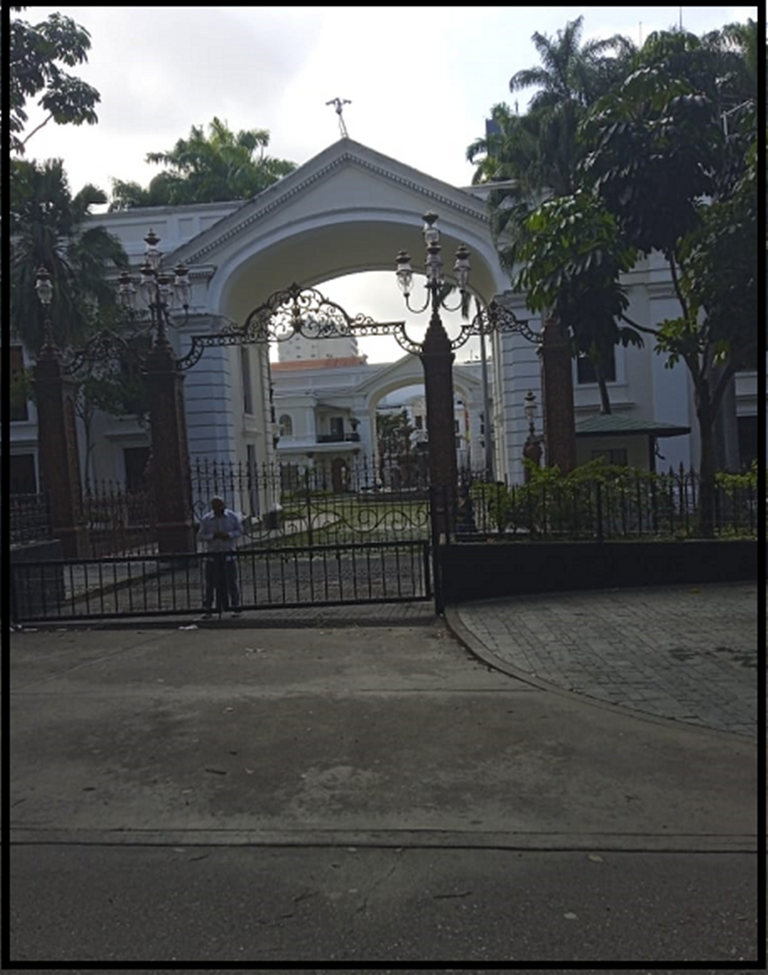
The project of this work was entrusted to the architect Luciano Urdaneta, son of the hero of the independence of Venezuela, General Rafael Urdaneta, who was also one of the most loyal and faithful men of the Liberator Simón Bolívar. This work was implanted on the grounds of the Convent of Our Lady of the Immaculate Conception, which was expropriated at the time of the closure of all the convents and seminaries of the republic. Designed, executed and inspected by the engineer Luciano Urdaneta (who had carried out his studies in France), the first phase of the construction of the parliament building, or Palacio Legislativo, began between November 1872 and February 1873. It was a one-story rectangular building, along the street that adjoins the corner of San Francisco and La Bolsa, where the convent's orchard was located next to a commercial warehouse of Boulton C&A. (as can be seen in the publication "El Palacio Federal Legislativo. Heritage and Restoration" by Guillermo Yepes Boscan in 2000).
El proyecto de esta obra le fue conferido al arquitecto Luciano Urdaneta, hijo del prócer de la independencia de Venezuela el general Rafael Urdaneta quien además fue uno de los hombres mas fieles y leales del Libertador Simón Bolívar. Esta obra se implantó en los terrenos del Convento de Nuestra Señora de la Inmaculada Concepción, el cual fue expropiado al momento que se ejecutaba la clausura de todos los conventos y seminarios de la república. Proyectado, ejecutado e inspeccionado por el ingeniero Luciano Urdaneta ( quien había realizado sus estudios en Francia), se inicia una primera fase que es la construcción de la sede del parlamento, o Palacio Legislativo, entre noviembre de 1872 y febrero de 1873. Se trataba de un edificio rectangular de una sola planta, a lo largo de la calle que colinda con la esquina San Francisco y la esquina La Bolsa, donde se ubicaba la huerta del convento al lado de un almacén comercial de Boulton C&A. (como se puede recogerse en la publicación “El Palacio Federal Legislativo. Patrimonio y restauración”. de Guillermo Yepes Boscan del año 2000).
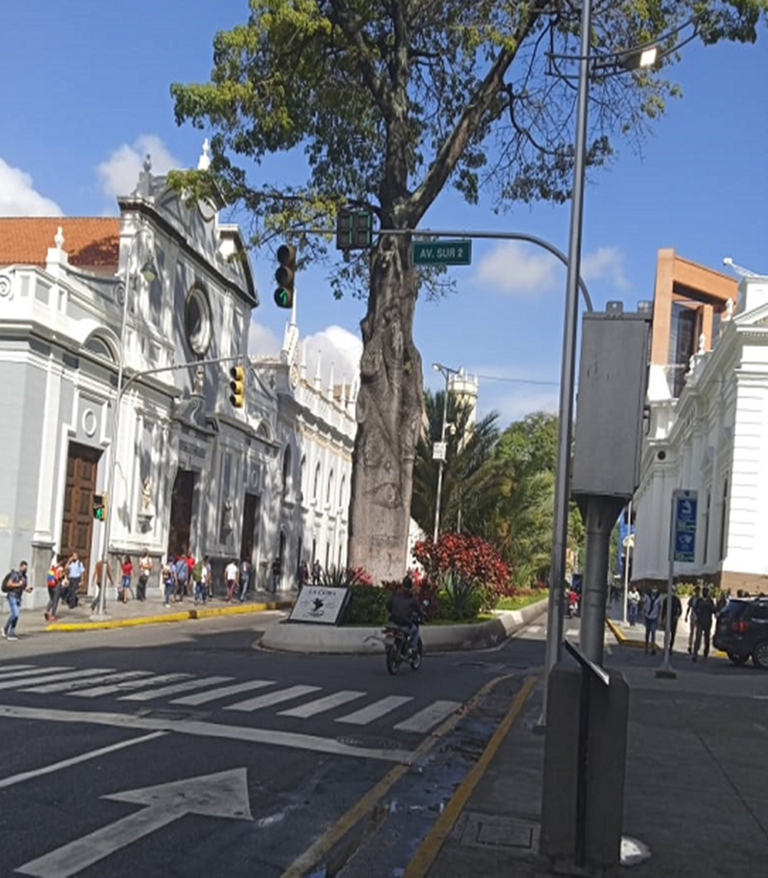
All the bibliography and technical reports on the architecture of the Federal Legislative Palace coincide in pointing out the neoclassical style in its south façade, the fluted columns and pilasters adjusted to the Greek canons, with the tendency to merge styles distant in time, and expressed in its magnanimity in the elliptical dome and in the visual artifice of the textures that imitate marble, in the open entrance provided by the stairs, among other aspects, as detailed in detail by Architect Beatriz Meza Suniaga, in her historical documentary research on The Federal Legislative Palace of Caracas, in its architecture, art and furniture, a national symbol since the 19th century).
Toda la bibliografía e informes técnicos de la arquitectura del Palacio Federal Legislativo coinciden en señalar el estilo neoclásico en su fachada sur, las columnas y pilastras estriadas ajustada a los cánones griegos, con la tendencia a fusionar estilos distantes en el tiempo, y expresada en su magnanimidad en la cúpula elíptica y en el artificio visual de las texturas que imitan el mármol, en la entrada abierta que proporcionan las escaleras, entre otros aspectos, como lo detalla mas minuciosamente la Arquitecto Beatriz Meza Suniaga, en su investigación histórica documental sobre El Palacio Federal Legislativo de Caracas, en su arquitectura, arte y mobiliario, un símbolo nacional desde el siglo XIX ).


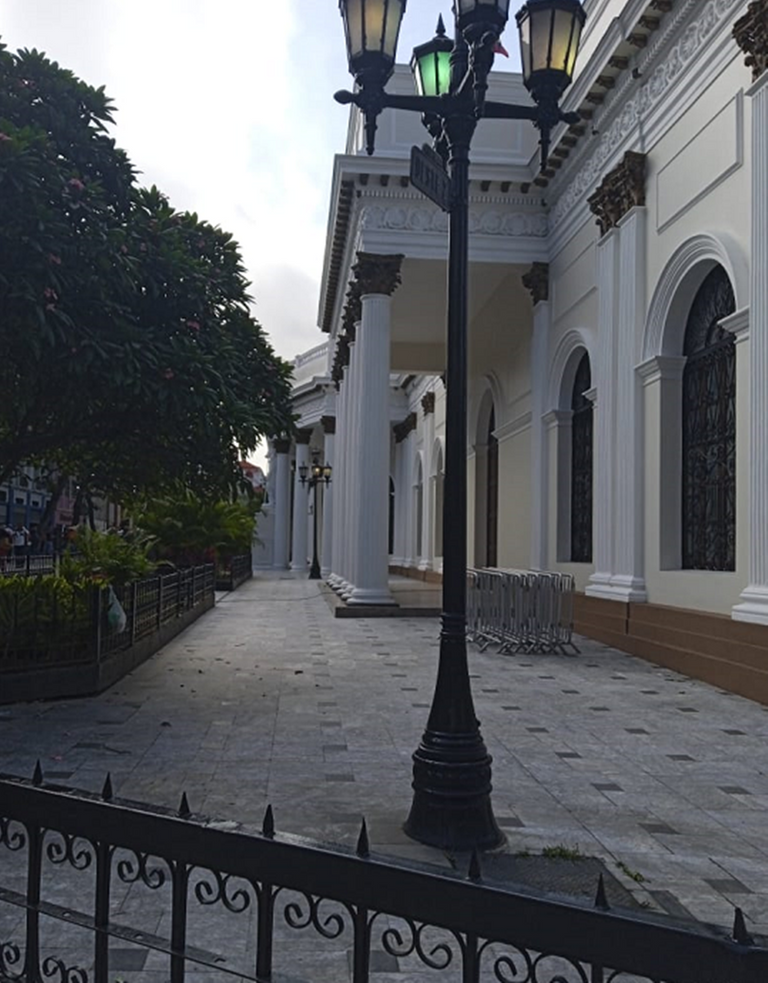
The truth is that this building that stands as a symbol of the Legislative Power in Venezuela, makes those who pass around it admire it, makes us feel a particular attraction for such an imposing construction, it is an attraction for all residents and visitors of this cosmopolitan city, also merchants, workers and other citizens who frequent its facilities or vicinity, are usually very well documented of the history and importance surrounding the Legislative Capitol. In addition, its proximity to other buildings such as the Plaza Bolivar, the City Council, the former Supreme Court of Justice, among others, takes us back to earlier times, although with a contrast between the neoclassical and the modern due to the more recent construction of new buildings.
La verdad que este edificio que se erige como símbolo del Poder Legislativo en Venezuela, hace que quienes transiten a sus alrededores lo admiremos, hace que sintamos una atracción particular por tan imponente construcción, es un atractivo para todos los moradores y visitantes de esta cosmopolita ciudad, además los comerciantes, trabajadores y demás ciudadanos que frecuentan sus instalaciones o cercanías, por lo general están muy bien documentados de la historia e importancia que rodean al Capitolio Legislativo. Además su cercanía con otras edificaciones como la plaza Bolívar, el Concejo Municipal, la antigua Corte Suprema de Justicia entre otras hacen que nos traslademos a épocas anteriores, aunque con un contraste entre lo neoclásico y lo moderno por la construcción mas recientes de nuevas edificaciones.
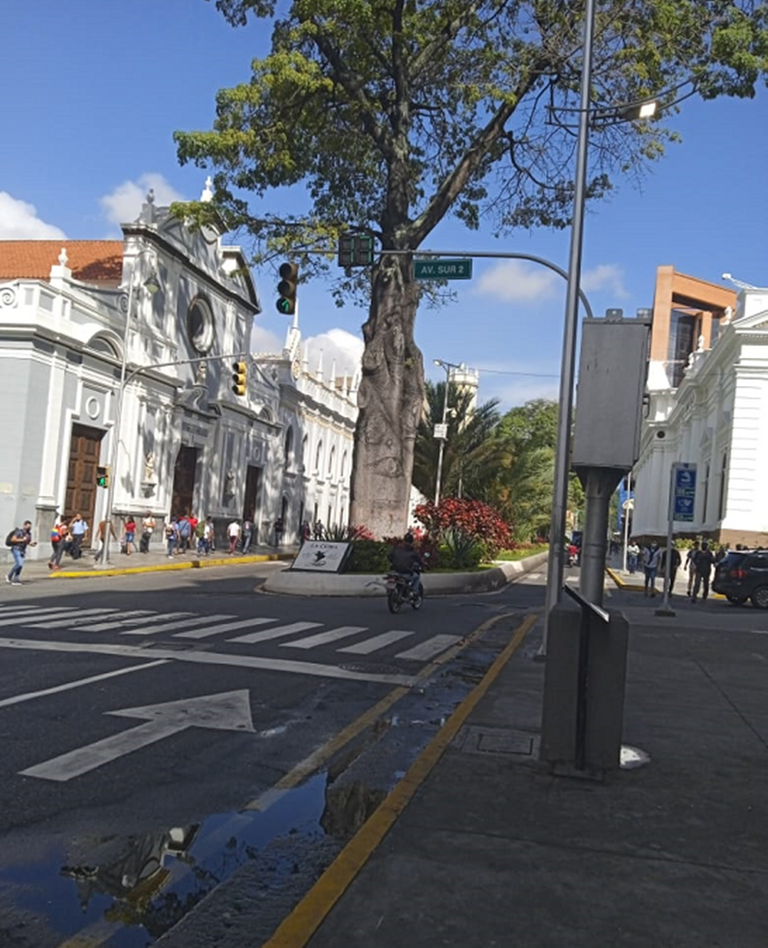
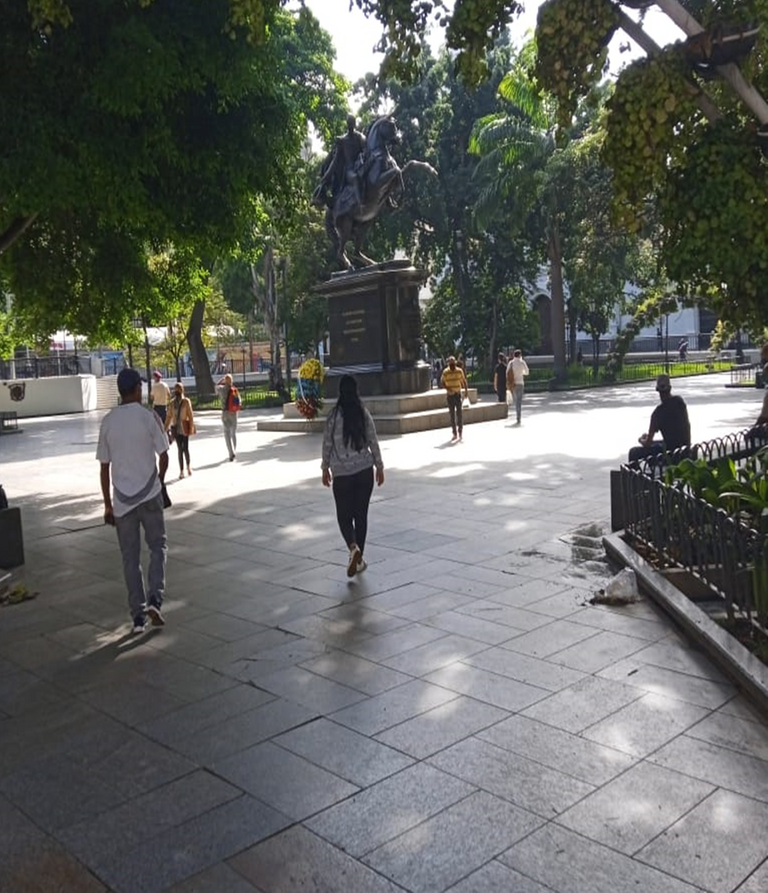
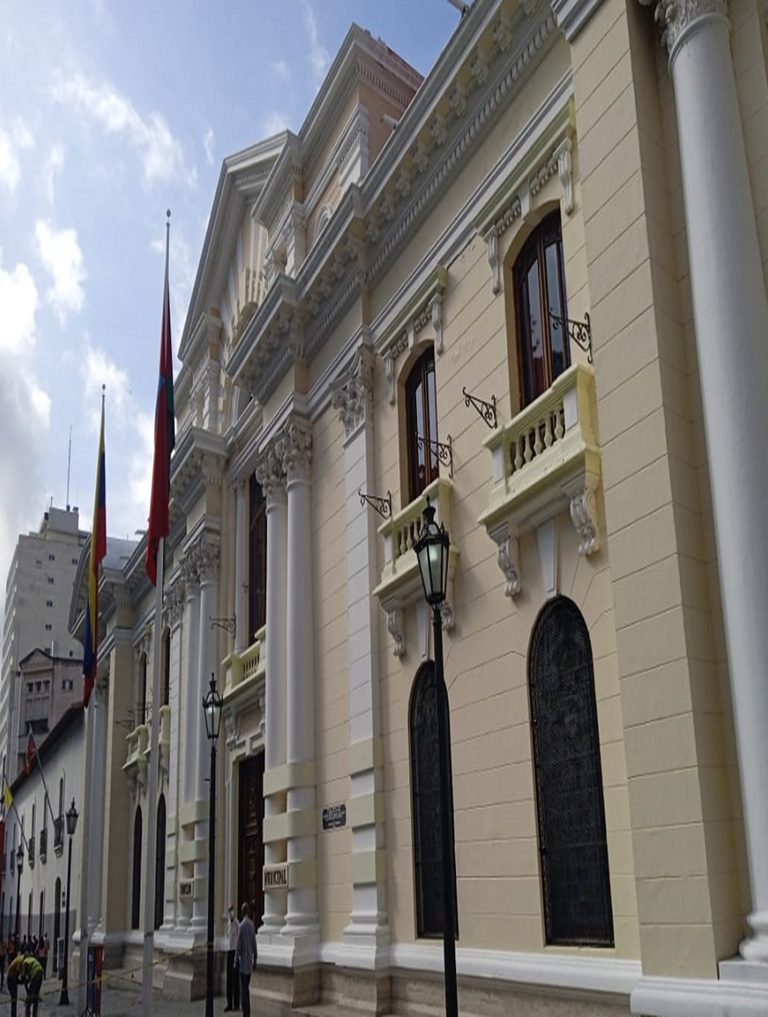
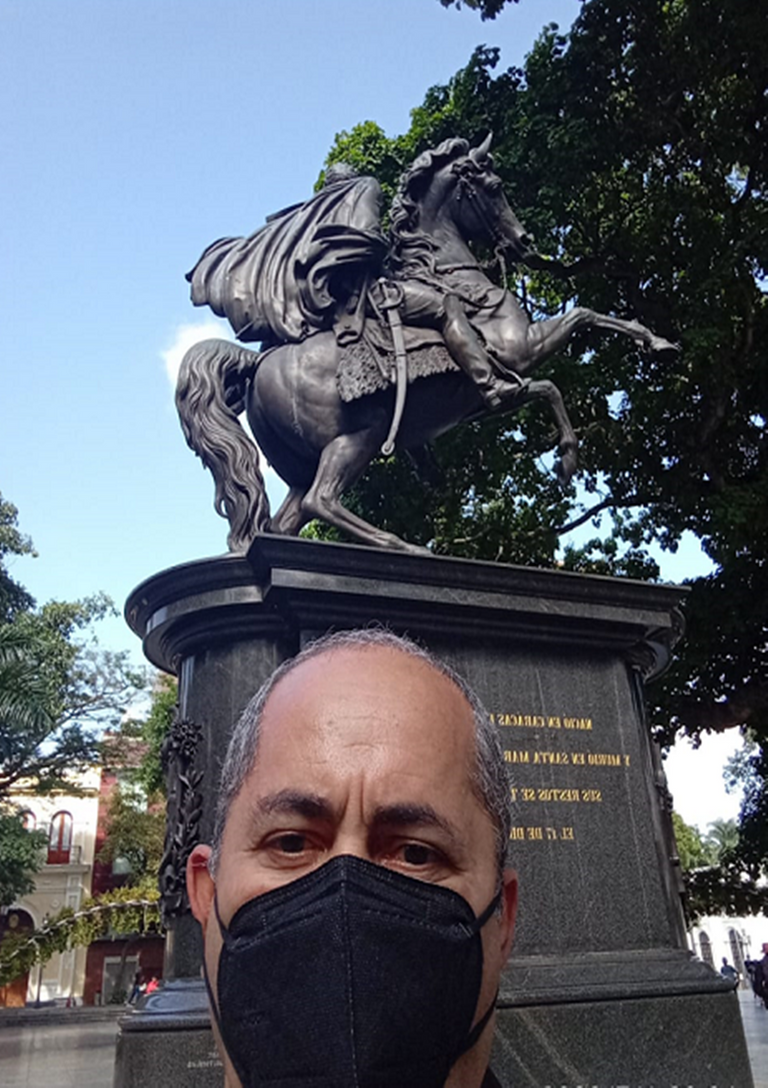
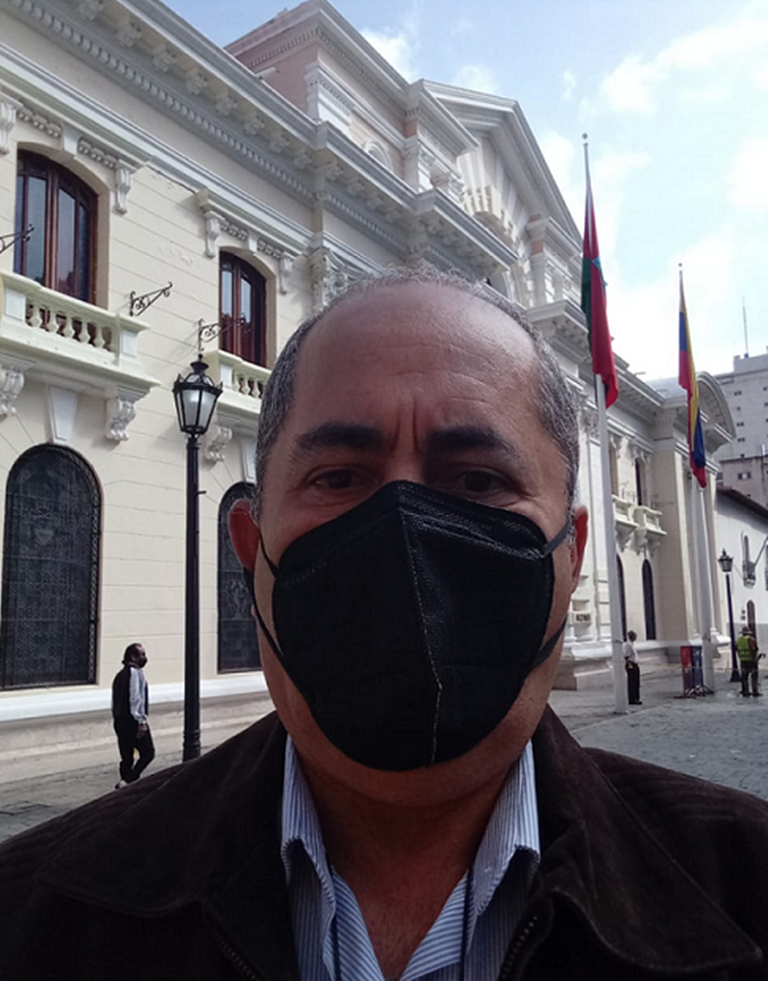
It is important to point out that in this legislative precinct are kept works of art and documents of great political and historical importance. The Battle of Carabobo painted on the ceiling of the dome of the so-called Blue Room, and the Battle of Boyacá by the painter Martin Tovar y Tovar, the Battle of Ayacucho in the Yellow Room painted by Antonio Herrera Toro, the Bolivarian Triptych by Tito Salas in the same room among others of a total of 101 works of the heroes and heroines of our history. The documents of the Signing of the Act of Independence of July 5, 1811, a day of glory for Venezuelans, also rest in these spaces.
Es importante señalar que en este recinto legislativo están resguardadas obras de artes y documentos de gran importancia política e histórica. La Batalla de Carabobo pintada en el techo de la cúpula del llamado Salón Azul, y la Batalla de Boyacá del pintor Martin Tovar y Tovar, la Batalla de Ayacucho en el Salon Amarillo pintada por Antonio Herrera Toro, el Tríptico Bolivariano de Tito Salas en ese mismo salón entre otras de un total de 101 obras de los héroes y heroínas de nuestra historia. También reposa en estos espacios los documentos de la Firma del Acta de la Independencia del 5 de Julio de 1811, día de gloria para los Venezolanos.
So we can say that the Federal Legislative Palace, where the 277 deputies meet and deliberate weekly, is one of the most emblematic and iconic buildings of Caracas, in its surroundings we can appreciate green and flowery gardens that adorn its rigid architecture and its contoured railings that protect these spaces. The pictures I was able to take are only of its periphery since it is not easy to access this enclosure and you can only enter inside on days scheduled for such purposes. This building is part of a complex of colonial buildings that are in its periphery.
Así pues podemos decir que El Palacio Federal Legislativo, donde se reúnen y deliberan semanalmente los 277 diputados que la conforman, es una de las edificaciones mas emblemáticas e icónicas de Caracas, al sus alrededores podemos apreciar unos verdes y floreados jardines que adornan su rígida arquitectura y sus contorneadas rejas que protegen esos espacios. Las fotografías que pude tomar son solo de su periferia ya que no es sencillo el acceso a ese recinto y solo se puede ingresar a su interior en días programados para tales fines. Esta edificación forma parte de un complejo de edificios coloniales que se encuentran en su periferia.
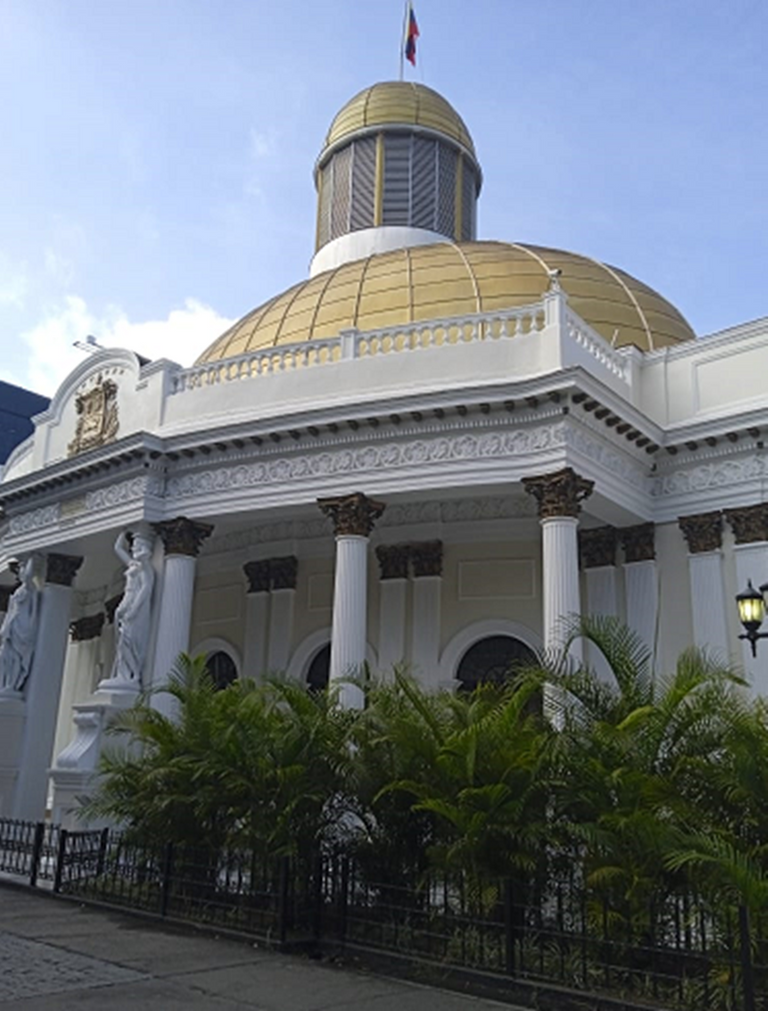
definitivamente la arquitectura de esta edificación es impecable.
Dear @hexagono6, kindly add the English language translations to your comment for the reading convenience of our international Hive audience. Thank you for your consideration.
hello. yes, you are absolutely right, i apologize i really overlooked it. thanks for reminding me.
A hug.
Throughout this area of downtown Caracas, as well as the federal legislative palace of Venezuela, there are many structures of great architectural, historical and cultural value, which are undoubtedly patrimonies of Venezuela. Greetings !
!discovery 35
Hello good morning, that's right, here you can appreciate a set of architectural works that are a wonder and are very well preserved, they are part of Venezuela's heritage. Thank you
This post was shared and voted inside the discord by the curators team of discovery-it
Join our community! hive-193212
Discovery-it is also a Witness, vote for us here
Delegate to us for passive income. Check our 80% fee-back Program
Hello good morning.Thank you
Your content has been voted as a part of Encouragement program. Keep up the good work!
Use Ecency daily to boost your growth on platform!
Support Ecency
Vote for new Proposal
Delegate HP and earn more
Hello good morning.Thank you
Thanks for your contribution to the STEMsocial community. Feel free to join us on discord to get to know the rest of us!
Please consider delegating to the @stemsocial account (85% of the curation rewards are returned).
You may also include @stemsocial as a beneficiary of the rewards of this post to get a stronger support.
Hello good morning.Thank you
Congratulations @simajo2022! You have completed the following achievement on the Hive blockchain and have been rewarded with new badge(s):
Your next target is to reach 1750 upvotes.
You can view your badges on your board and compare yourself to others in the Ranking
If you no longer want to receive notifications, reply to this comment with the word
STOPCheck out the last post from @hivebuzz:
Support the HiveBuzz project. Vote for our proposal!
Excellent publication, thank you very much for showing us such a wonderful architecture, greetings.
Thank you for sharing this amazing post on HIVE!
Your content got selected by our fellow curator @priyanarc & you just received a little thank you via an upvote from our non-profit curation initiative!
You will be featured in one of our recurring curation compilations and on our pinterest boards! Both are aiming to offer you a stage to widen your audience within and outside of the DIY scene of hive.
Join the official DIYHub community on HIVE and show us more of your amazing work and feel free to connect with us and other DIYers via our discord server: https://discord.gg/mY5uCfQ !
If you want to support our goal to motivate other DIY/art/music/homesteading/... creators just delegate to us and earn 100% of your curation rewards!
Stay creative & hive on!
Thank you very much @priyanarc, I do my best to bring good content to the Hive platform. I hope I can always count on your support.
It's truly a privilege for us to witness one of the most honorable Venezuelan buildings housing an important governing body: the Federal Legislative Palace. Its embodiment of the Neoclassical architectural style is definitely a suitable signature that's compulsory for a formal institution like that, demanding respect from citizens and visitors.
Greetings @simajo2022, a warm welcome to the Architecture+Design Community. 😊
Thank you very much @storiesoferne welcoming me and also for the accurate comment on my post.
Congratulations @simajo2022! We're delighted to specially curate your awesome publication and award it RUNNER-UP in Architecture Brew #74. More power!
Thank you for subscribing to Architecture+Design, an OCD incubated community on the Hive Blockchain.
Thank you very much, excellent!
You are welcome, dear @simajo2022 😃
Regards